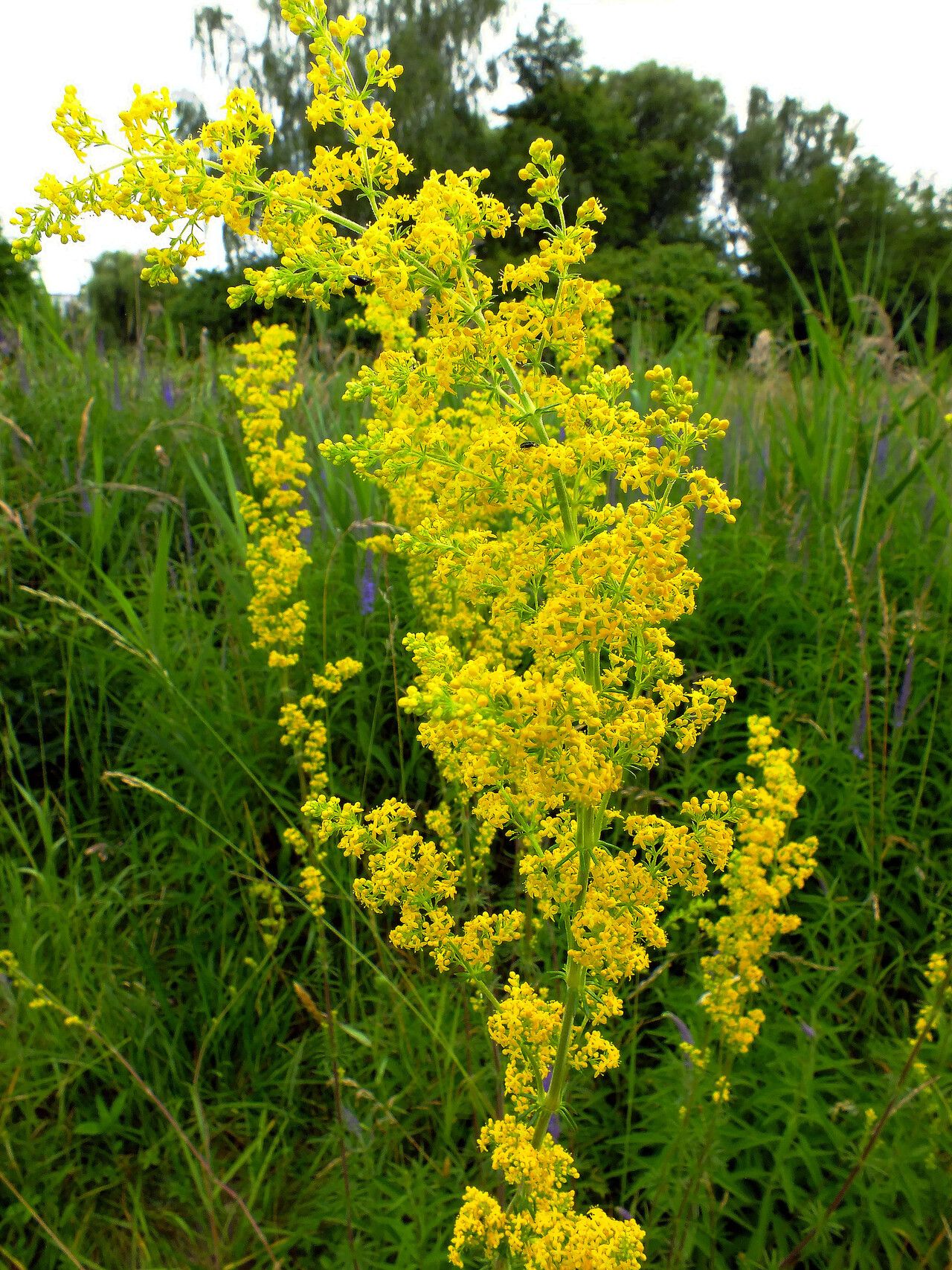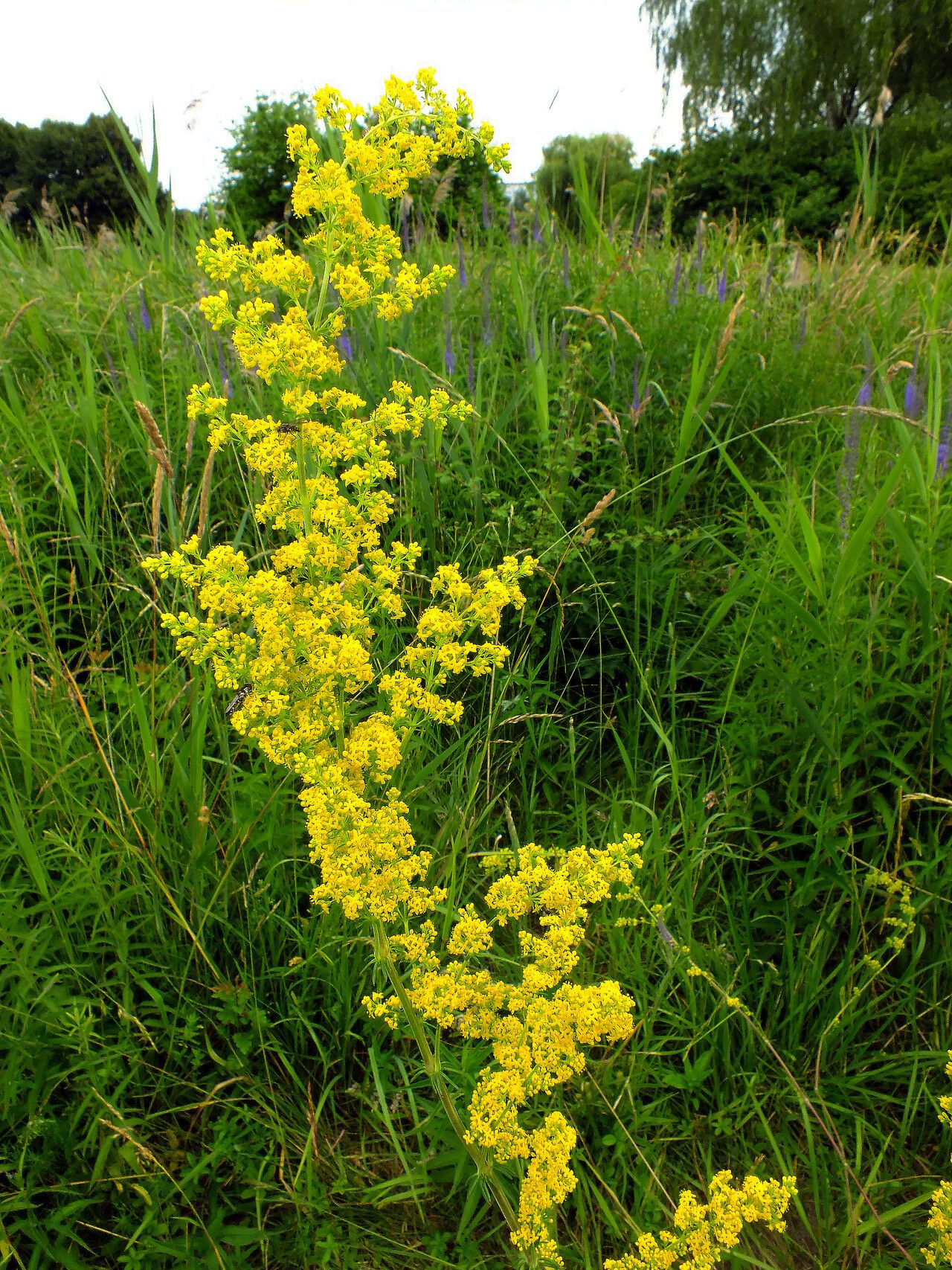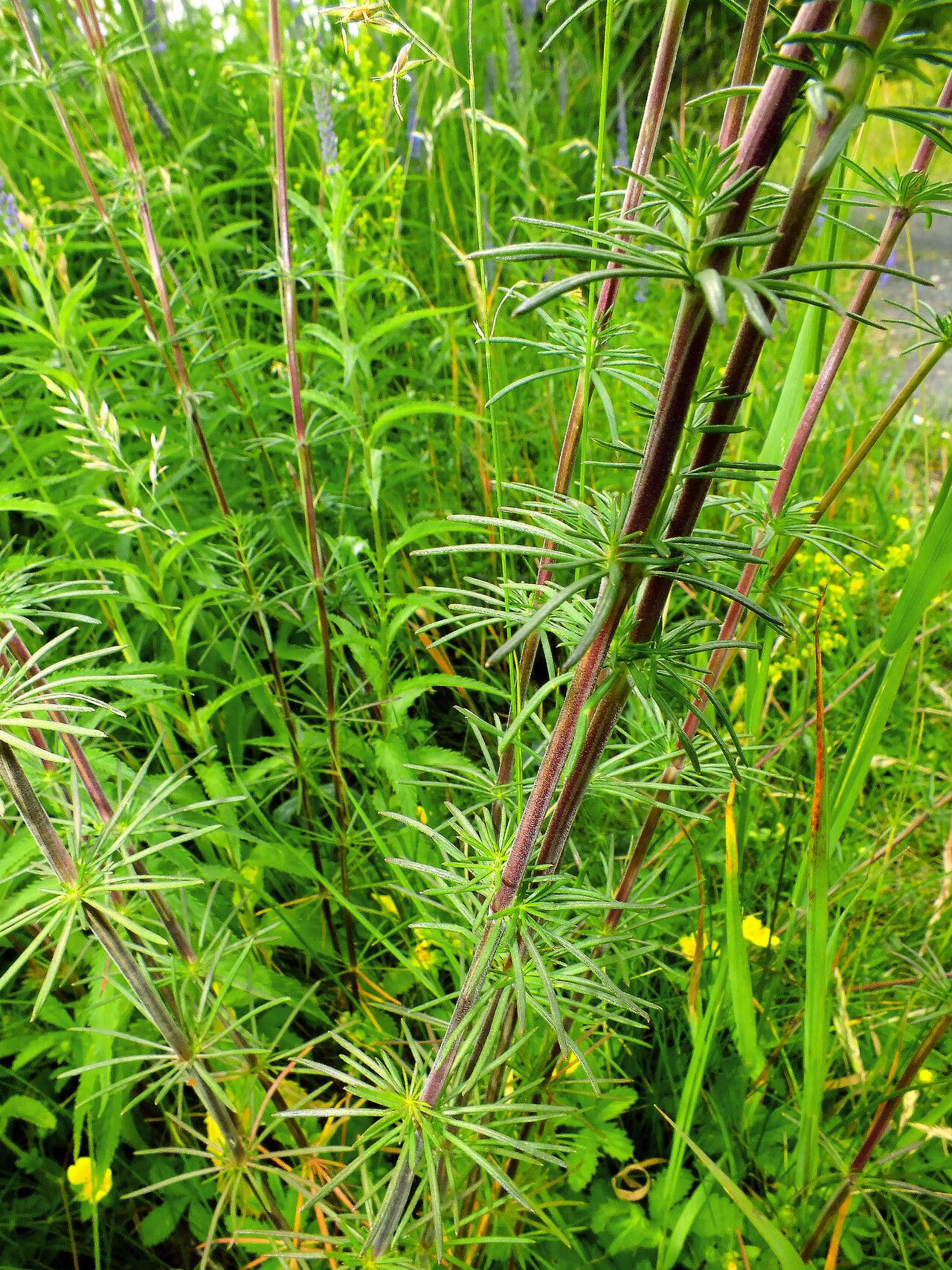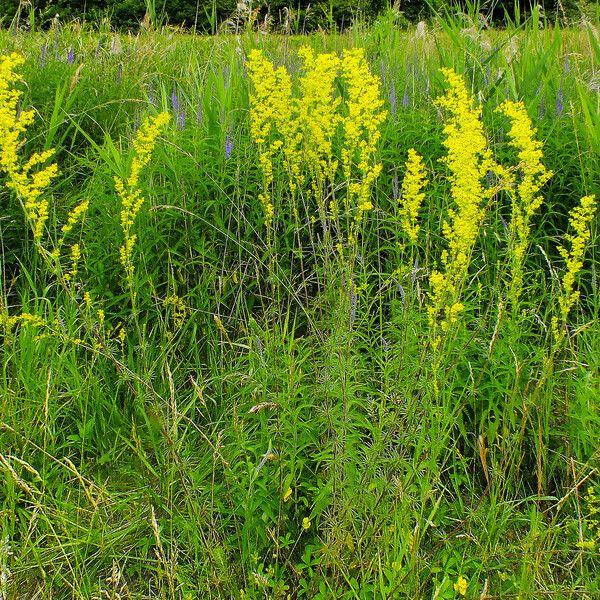Observación
Determinación
Proposed determination
Suggest another determination
You don’t agree with the suggested species but don’t have another suggestion
Comentarios
Información adicional
Data de creación
26 de xuñ. de 2024
Última revisada
28 de xuñ. de 2024
Łódź, Botanical Garden
It is native across most of Europe, North Africa, and temperate Asia.
Edible plant - leaves raw or cooked; a yellow dye from the flowering stems is used as a food colouring; the roasted seeds are a coffee substitute; the chopped up plant can be used as a rennet to coagulate milk; the flowering tops are distilled in water to make a refreshing acid beverage.
Herbal plant - the leaves, stems and flowering shoots are antispasmodic, astringent, diuretic, foot care, lithontripic and vulnerary; the plant is used as a remedy in gravel, stone or urinary disorders and is believed to be a remedy for epilepsy; a powder made from the fresh plant is used to soothe reddened skin and reduce inflammation whilst the plant is also used as a poultice on cuts, skin infections, slow-healing wounds etc; the plant is harvested as it comes into flower and is dried for later use; a number of species in this genus contain asperuloside, a substance that produces coumarin and gives the scent of new-mown hay as the plant dries; asperuloside can be converted into prostaglandins (hormone-like compounds that stimulate the uterus and affect blood vessels), making the genus of great interest to the pharmaceutical industry.
Usable plant - a red dye is obtained from the root, which is rather fiddly to utilize; a yellow dye is obtained from the flowering tops, it is obtained from the foliage when it is boiled with alum; the dried plant has the scent of newly mown hay, it was formerly used as a strewing herb and for stuffing mattresses etc.
Shared in
Grupos (17)







